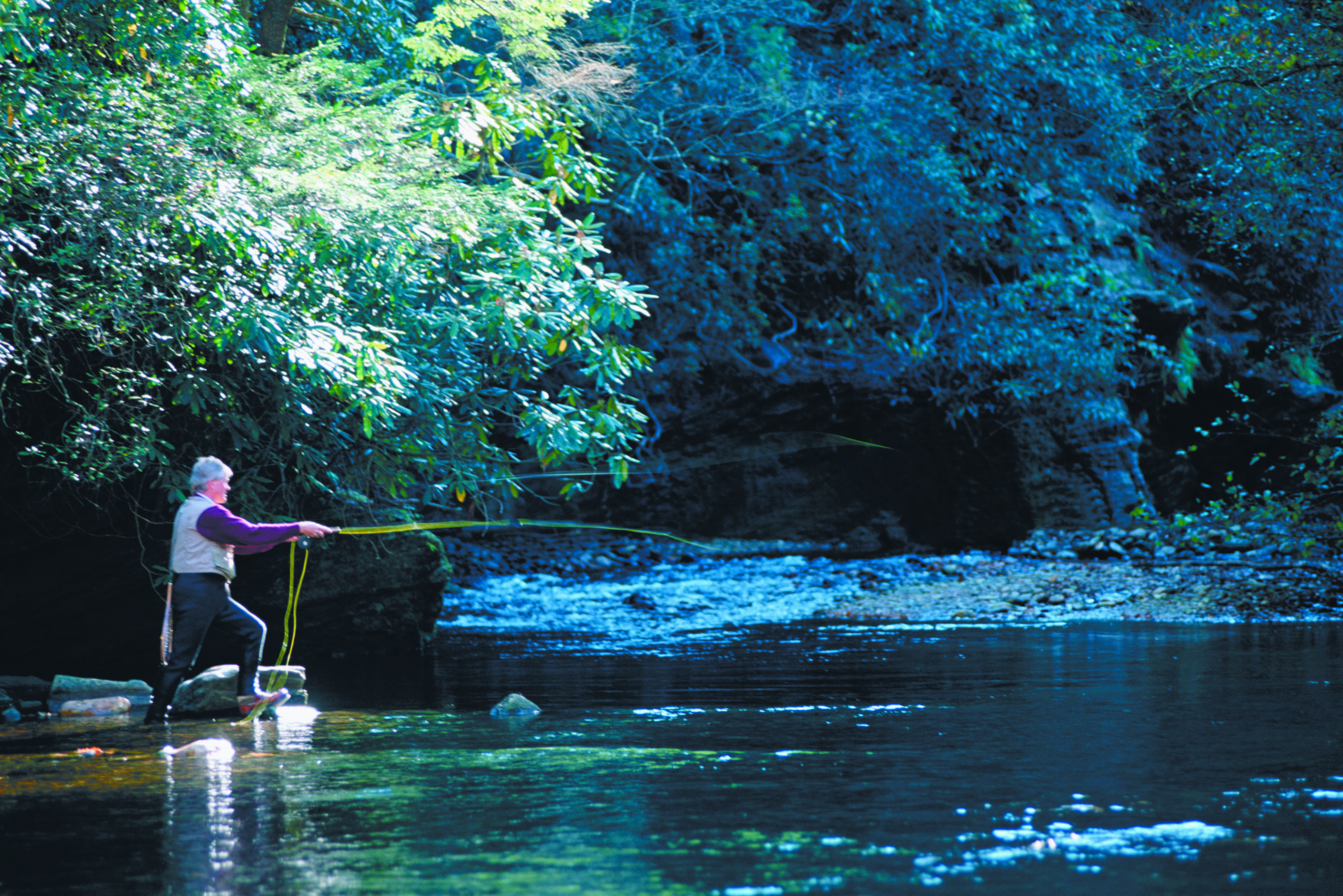First, the bad news. Scientists report that because of climate change, we cannot count on abundant mountain snowfall to recharge the Northwest’s waterways. Here, as in many parts of the West, more precipitation will come as rain, so less snowmelt will be available in summer and early fall when it is most needed. While campers may see their favorite swimming holes turn shallower and warmer, among those most challenged will be our agricultural producers who divert water from streams and rivers to irrigate crops.
With lower flows, how will farmers and ranchers (now using roughly 75 percent of the water diverted in the Northwest) balance competing needs for water in their communities? This has long been a contentious question.
The potential impact on water availability from climate change is but one part of an older and larger problem. In dozens of tributaries to the Columbia River, more water rights have been issued than there is water. Along some sections of streams in late summer, unnaturally low flows and even dry river bottoms have been common for a century or more.
Imperiled salmon, steelhead, and trout have suffered from historic spawning habitats being impaired by these chronic, water-poor conditions. Degraded habitat is one of the most limiting factors in restoring the Northwest’s native fish populations. At times, instead of navigating rivers that flow as unbroken ribbons of water, fish become like commuters stuck behind bridges with missing spans.
Now, the good news. Five years ago, the Bonneville Power Administration and the Northwest Power and Conservation Council launched the Columbia Basin Water Transactions Program (CBWTP). Administered by the National Fish and Wildlife Foundation’s Western Partnership Office in Portland, the CBWTP uses market incentives to address chronic water problems on a regional scale. The program is the first and only regional effort of its kind in the United States and has become a national, even international, model for collaborative, cost-effective water management.
CBWTP partners include seven nonprofits and four state agencies: in Oregon, the Deschutes River Conservancy (deschutesriver.org), the Oregon Water Trust (owt.org) and the Oregon Water Resources Department (wrd.state.or.us); in Idaho, the Idaho Department of Water Resources (idwr.idaho.gov); vin Montana, Trout Unlimited Montana Water Project (montanatu.org), Montana Water Trust (montanawatertrust.org) and Montana Water Resources Division (dnrc.mt.gov/wrd); and, in Washington, the Walla Walla Watershed Alliance (wwwalliance.org), Washington Rivers Conservancy (warivers.org), Washington Water Trust (thewatertrust.org), and Washington Department of Ecology (ecy.wa.gov).
The partners negotiate transactions with willing water right holders, compensating them to implement strategies that keep water instream when and where it is needed most for fish. The approaches include water purchase and lease agreements, irrigation effciency improvements, water-source switching, and water banking. Landowners are responding positively, building trust and finding common ground.
Consider the story of ranchers Pat and Hedy Voigt. Last year, they reached a permanent, voluntary agreement with one of the CBWTP’s partners, the Oregon Water Trust. Between July 21 and September 30, up to 6.5 million gallons of water that they would normally divert each day from the Middle Fork of the John Day River and two of its tributaries will stay in the river, enhancing flows for a distance of 70 miles. In exchange, the Voigts now have the resources to improve irrigation effciencies on their ranch, even as they benefit one of the largest and best remaining populations of wild spring Chinook and summer steelhead in the lower 48 states.
Similar partnerships are succeeding elsewhere in Oregon, including central Oregon, where the Deschutes River Conservancy is working with cities, farmers, and irrigation districts to restore water to the Middle Deschutes and some of its most important tributaries. Last year alone, with help from the CBWTP, water users improved 476 miles of streams and rivers in Oregon, restoring nearly 115,000 gallons per minute of flows.
In Washington, thanks to just one recent transaction between the Department of Ecology, Washington Water Trust, and the Taneum Canal Company (an irrigation district near Ellensburg), more than 18 million gallons of water per day now stays instream rather than being diverted from Taneum Creek during a critical time of the year. As a result, a key section of the creek that has long run low or dry is flowing once again to the Yakima River—providing vital habitat for fish.
In Idaho, the Department of Water Resources signed a long-term water lease with property owners along Beaver Creek, a tributary of the Salmon River near its headwaters at the southern end of the Sawtooth National Recreation Area. For about half a century, irrigation dewatered the creek on this private parcel, which is surrounded by federal land. Now, enhanced flows have reopened eight miles of spawning and rearing habitat and countless smaller tributaries for steelhead and Chinook.
In Montana, an agreement facilitated by Trout Unlimited’s Montana Water Project is permanently providing 10,000 acre-feet of water annually to the Bitterroot River from a state-owned reservoir, resulting in a major boost for a blue ribbon wild fishery that is also home to the imperiled bull trout.
Across the Columbia Basin, forward-looking landowners are creating innovative strategies that improve their bottom lines and build flexibility into ecosystems facing chronic water shortages. The results of this new model are not only benefiting communities right now but also are helping to prepare the Pacific Northwest for the future.
Visit www.cbwtp.org for more information.



